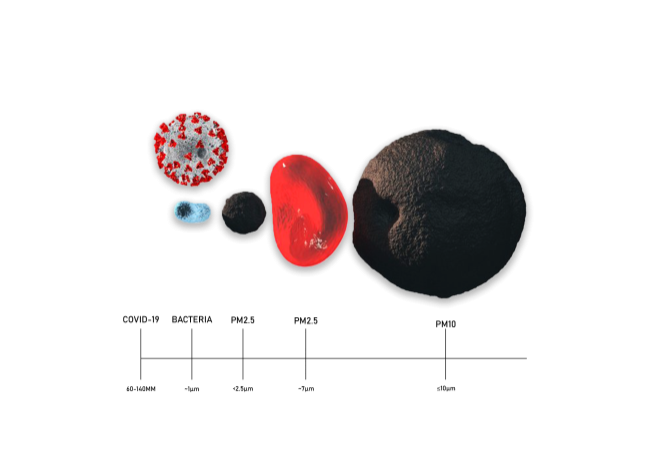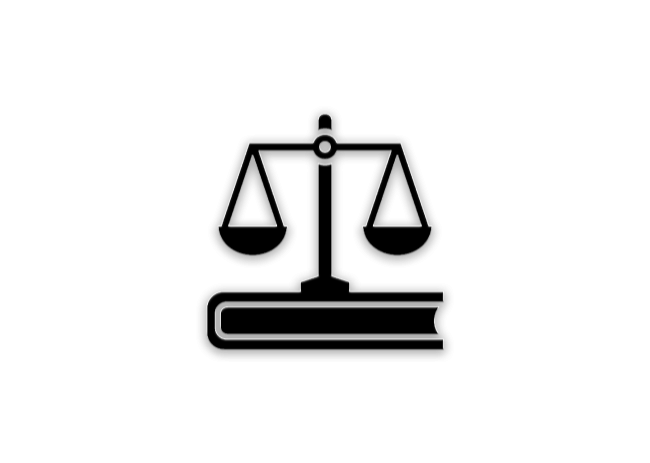Why is fine dust so harmfull?

Air pollution affects us all. Scientists are increasingly concerned about its impact on our health. Inhaling fine dust, also known as particulate matter (PM), poses the greatest threat to our well-being. Particulate matter refers to tiny particles suspended in the air, classified by the following diameters:
THE SMALLEST PARTICLES ARE THE MOST DANGEROUS.
Examples of common fine dust include metals, exhaust fumes, tire wear particles, wood processing debris, microplastics, windblown sand, and soot. Inhaling this (ultra)fine dust impacts the respiratory, cardiovascular, and endocrine systems. It can even affect neurological health. According to the WHO, fine dust is considered the greatest environmental threat to human health.
Especially the smallest particles pose a significant danger, as explained by Professor of Preventive Medicine Van Schayck of Maastricht University. Although the European norm uses PM10 particulate matter as a benchmark, smaller particles are much more harmful. They penetrate deeper into the lungs and remain in a place where they cannot be coughed up anymore. This can cause significant damage, not only to the lungs but especially to the heart. The number of heart attacks caused by particulate matter is considerable. Read more about the four most common health issues caused by fine dust.
People exposed to heavy emissions and working in industrial environments are at risk, just like people walking outside on the streets. Enhancing the in- and outdoor environment, means healthier living and working conditions for people everywhere. Our systems are developed to make the difference, especially in opposing fine particulate matter smaller than PM10 (PM2.5, PM0.1).

European guidelines
The European Commission aims to reduce (ultra) fine dust by more than 70% by 2030. Every year, more than 300,000 people die prematurely in Europe. The current norms within the EU are PM2.5, which stands for the concentration of (ultra) fine dust per cubic meter. The EU wants to tighten these rules to PM10 by 2030.
WHO guidelines
In recent years, WHO guidelines have been significantly tightened. The WHO has set a yearly limit for PM10 of 15 µg/m3, which is also the ultimate goal for the European Union by 2030. For PM2.5, the WHO recommends a maximum of 5 µg/m3.
Occupational health and safety legislation
Safety regulations concerning hazardous particulate matter vary from one country to another. If you have concerns about your health, you can research the materials you handle and find out about your country's regulations governing the release of particulate matter from such materials.
Please contact us
+31 (0) 345 – 745 920